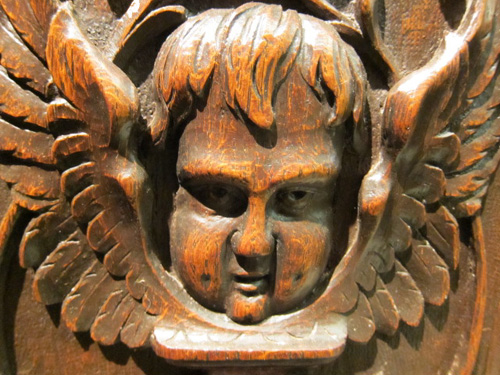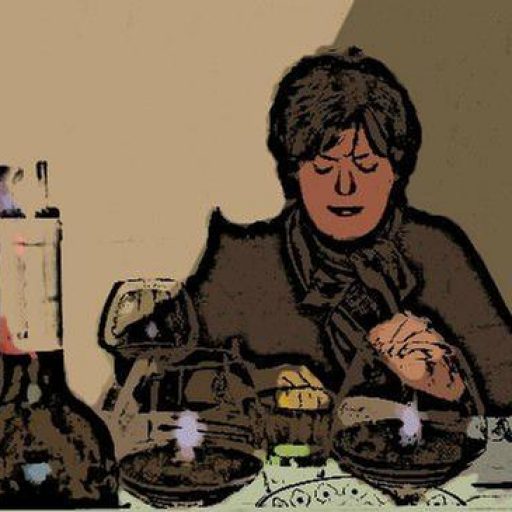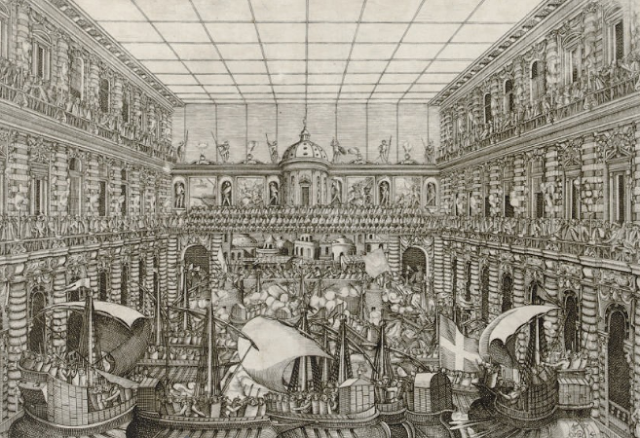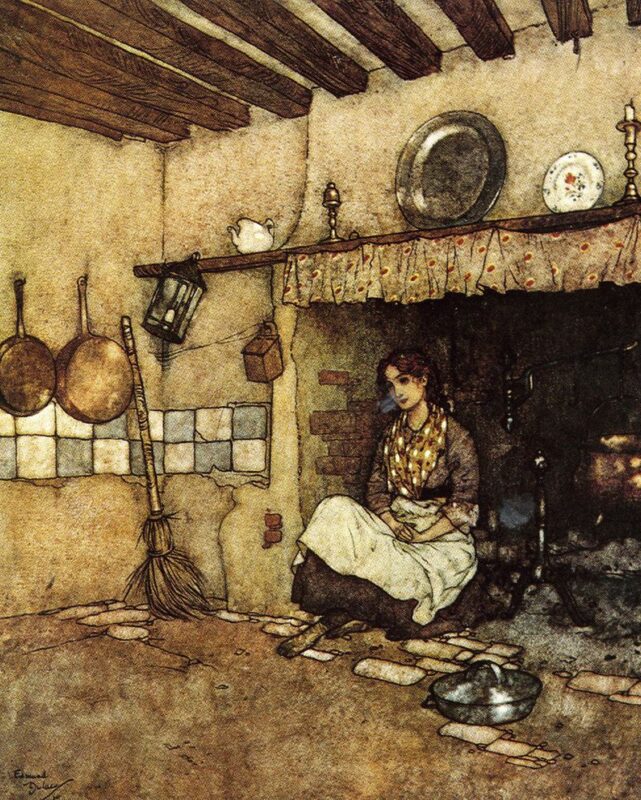The credenzas of Italy are waiting for you.
You cannot see and savor Italy without bumping into a familiar piece of furniture found in many Italian homes and restaurants, la credenza. Sometimes referred to as a sideboard, the history of the credenza begins with an act of faith. In 16th century Italy the word “credenza” referred to the tasting of food and drink by a servant for a lord or other important person (pope or cardinal) before it was served to make sure it wasn’t poisoned. The word la credenza (Italian for belief or confidence) passed from the room where the act took place to the name of the long tables on which the food was served and became the epicenter of food service.
As a functioning sideboard a credenza was intended for the preparation and serving of food and can often serve as a storage cabinet. In Italy a credenza can be a cupboard where food is stored as in credenza della cucina (a cupboard or cabinet in the kitchen). Torte da credenza refers to simple cupboard cakes made with ingredients you usually have in your kitchen. These are cakes meant to be kept on a dining room sideboard, covered or closed behind glass ready to be sliced and eaten at breakfast or for a merenda, an afternoon snack. Simple sweets like a ciambellone, crostata, biscotti, pound or sponge cakes or a torta della Nonna.

While traveling in Italy I’ve had a chance to taste some memorable food from the credenzas of ristorante and trattorie and from the homes of my Italian family and friends. Now every time I see a credenza I’m reminded about the wonderful times spent enjoying the food and hospitality served from the credenzas of Italy. Like the spectacular fattoria credenza in Treviso groaning with the weight of l’arrosto pavone (peacock) and goose from the family farm. Or the credenza in my friend Alice’s country house in the Bolognese Hills where the buffet breakfast is the best I’ve had in Italy. Or the Tuscan credenza of Tenuta di Capezzana near the town of Carmignano, northwest of Florence, where I’ve spent delightful September afternoons with the Contini-Bonacossi family in the dining room of their Medici villa enjoying their exceptional wines and oils. I won’t soon forget the credenza in the medieval taverna of Castello Gropparello with my friend Rita learning the fine art of cucina Piacentina, Emilia Romagnan cooking from the hills of Piacenza. Our efforts filled the credenza with platters of faraona (Guinea fowl), stuffed vegetables, maltagliata and a Piacenza tart filled with plum jam. In the town of Pienza at Pius II’s Palazzo Piccolomini I saw where the Pope slept and the credenza that served him. Down the street shoppers at Azienda Zazzeri can see and savor credenzas filled with wheels of pecorino where soft Sauvis, semi-matured Fucus and wine-infused Vinaceus are displayed with great attention.

As impressive as the credenza is at Palazzo Piccolomini, its purpose is no different from the credenzas found in the homes and restaurants throughout Italy. It was meant to serve. The Italian credenza reflects the warm and gracious hospitality of the Italian people and their desire to introduce you to their country and traditions. The credenzas of Italy are waiting for you.







Leave a comment